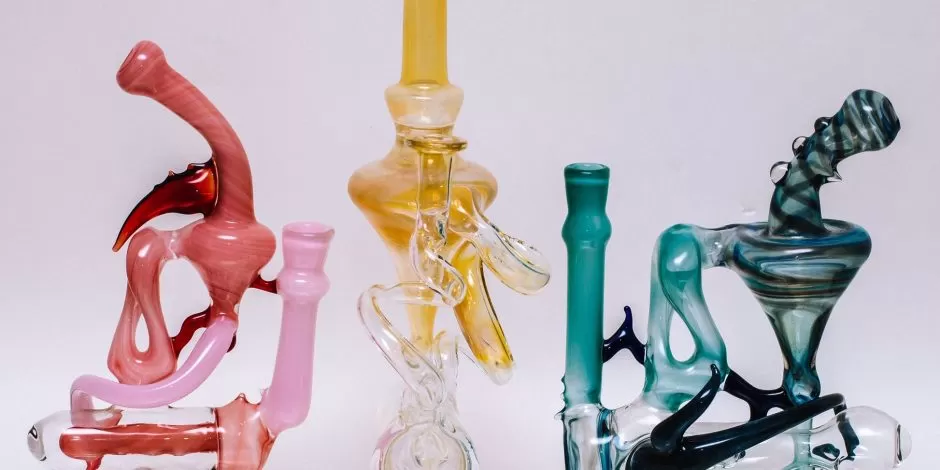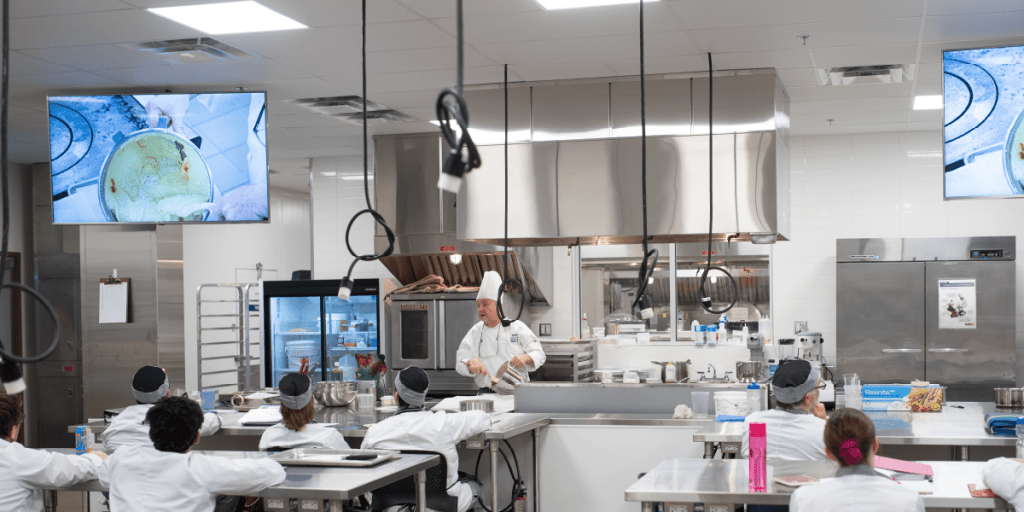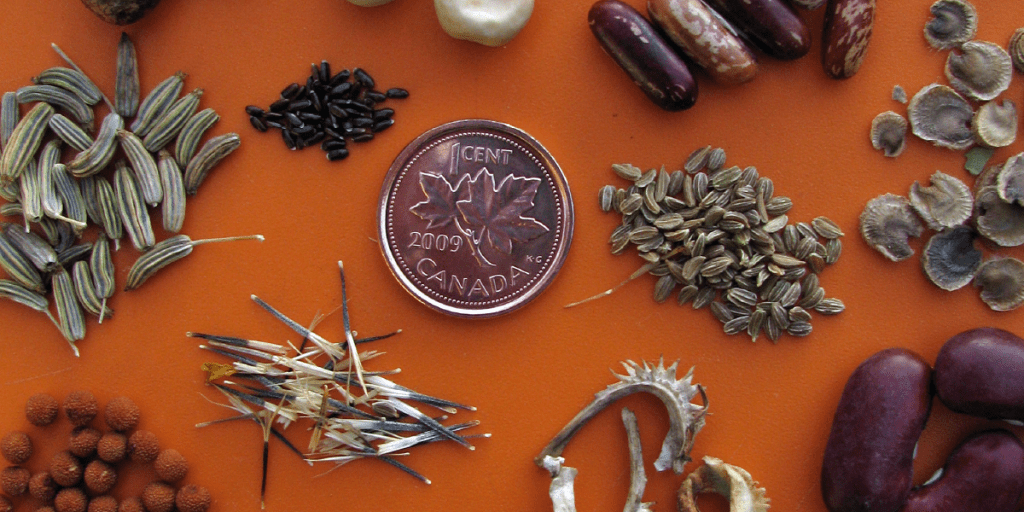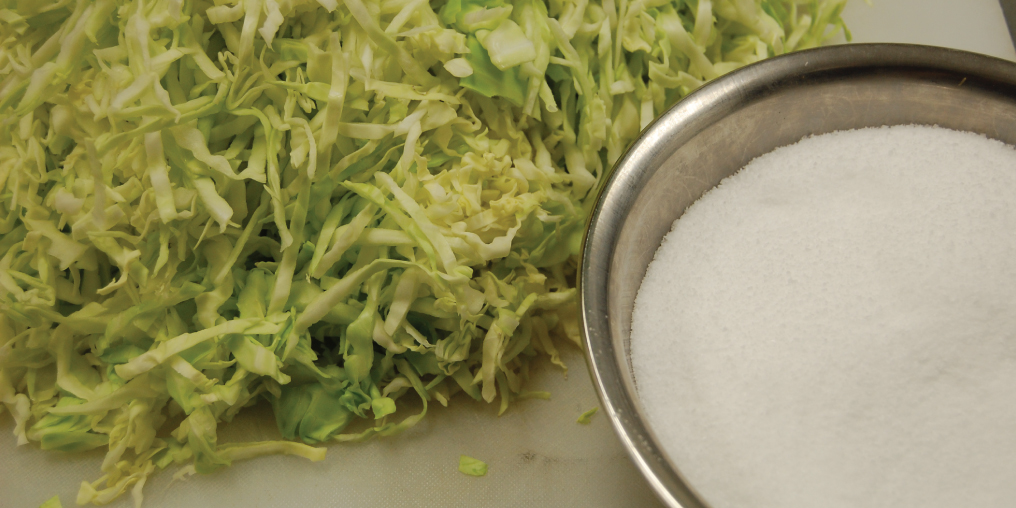Are you the daredevil type with a fearless personality? Are you unafraid of flames? Does standing in a ring of fire while hot embers dance at your feet sound appealing to you? If so, you might want to experiment with steel wool photography. This technique has photo buffs literally blown away. It’s all about capturing the movement of hot embers flying in the air.
I’ve always had a passion for experimenting with photography. One day, after seeing steel wool photos, I knew that I had to get out and try it for myself. My first attempts didn’t turn out quite right, which meant more experimentation. It took a little perseverance, but now I’ve nailed down my process and I’m really passionate about sharing how to capture amazing shots using this technique.
To get started you will need steel wool, of course, but not just any steel wool. After several failed attempts at lighting the wool, I discovered that “0000 fine” is the best and can be purchased at any hardware store. You will also need a stainless-steel whisk, a parachute cord to swing the whisk above your head (I use my dog’s leash), and a good lighter. I started with a BBQ lighter but switched to butane as the higher temps light the wool faster.
Obviously, you’ll need camera equipment; a DSLR or mirrorless camera work the best, however, any camera that you can place into manual mode should work. I prefer a wide-angle lens set at about 35mm, however, there is no reason a telephoto lens wouldn’t work. Finally, you’ll need a tripod, a cable release, and a UV filter for added protection. When placing the steel wool in the whisk don’t just jam it in. Lightly packing the steel wool will yield better results because fire needs oxygen to survive. The same goes for the steel wool. Let it breathe. I only use half a pad at a time.
Timing plays a huge role in steel wool photography. The wool will burn for ten seconds on average, so it may take a few attempts to find the perfect settings for the camera. I often adjust my camera settings several times throughout a photoshoot, however, a good place to start would be to adjust your settings to ISO 100, F8-F11, with 15 second exposure. I typically shoot in RAW; if you prefer to shoot in JPEG, I suggest you set your white balance to cloudy. You need darkness to really get the embers to glow, so steel wool photography is typically shot at night. Manual focus is a must because most cameras don’t do well with auto-focus at night.
If you are going to try steel wool photography, you will need to enlist an accomplice: one person to light and spin while the other clicks the shutter buttons. It takes time for the wool to light and to stay lit. Steel wool doesn’t really catch fire; it is more of a smoulder. Once you see orange
embers start spinning, the fire should spread to the rest of the wool. I remember an incident out at the Strathcona Dam when I first spun steel wool over my head. As the embers flew in all directions, I was too close to our camera equipment and to my partner who screamed, “STOP! STOP!” But by this time it was too late. Embers had been flung at our expensive camera gear, which thankfully had no damage and better yet, no one was hurt.
Always put safety first. Embers are little fires flying in the air and they have to land somewhere. Carry a fire extinguisher or keep a bucket of water close by and smother those flames before anything gets too out of hand.
Light the wool, spin, click, repeat, and be creative—try spinning above your head, on your left side, right side, both sides, and in front of you. Look for objects where the embers can bounce in different directions. Use your imagination, play with it, have fun, and be safe.





